A Guide to Parkinson's Disease Treatment in China
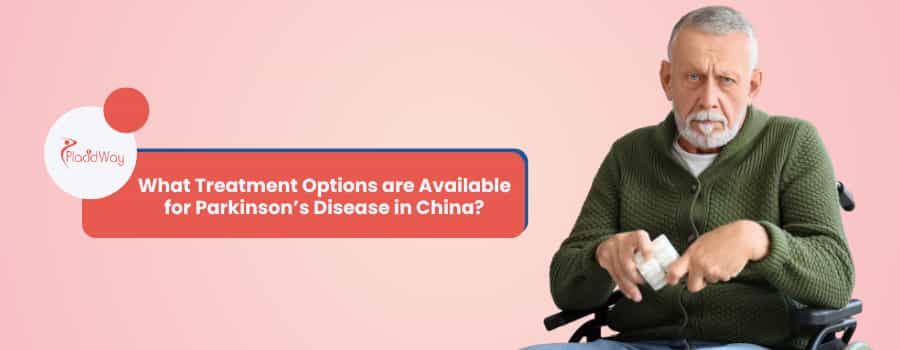
Figuring out the best path forward after a Parkinson's Disease diagnosis can feel overwhelming. You're likely looking for options, hope, and a plan that addresses your specific symptoms. You may have heard about the Parkinson's Disease treatment in China and are wondering what makes it different. Is it all about traditional remedies, or are they using high-tech science? The truth is, it's an impressive combination of both.
China has become a significant destination for medical care because it uniquely integrates cutting-edge, modern medicine with its ancient healing arts. For Parkinson's, this means you can find world-class neurologists who prescribe standard medications like Levodopa, but who also work alongside TCM practitioners using acupuncture and herbal medicine to manage side effects. On top of that, leading Chinese hospitals are pioneering incredible research in stem cell therapy for Parkinson's and advanced surgical techniques, offering new hope for functional recovery.
This post will walk you through all of it. We're going to answer the real questions people are asking online, from "What is TCM for Parkinson's?" to "What's the cost of stem cell therapy in Beijing?" We'll look at the conventional treatments, the breakthroughs, and what you can realistically expect. Let's explore the full spectrum of care available, so you can get a clearer picture of these advanced PD treatment China options.
What is the main approach to Parkinson's Disease treatment in China?
Unlike a strictly Western approach that focuses primarily on dopamine replacement and surgical intervention, the Chinese healthcare system often adopts a two-pronged strategy. Patients receive care from neurologists who are well-versed in the latest global standards for Parkinson's treatment, while also having access to TCM specialists.
The goal of this integrative model is to maximize quality of life. Western medicine is used to manage the primary motor symptoms (tremor, rigidity, slowness), while TCM is often used as an adjuvant therapy. This means it's added to the main treatment to help alleviate non-motor symptoms (like constipation, sleep disorders, and pain) and to reduce the side effects of medications, helping patients maintain balance and well-being.
What Western medications are used for Parkinson's in China?
You can be confident that top-tier hospitals in cities like Beijing and Shanghai follow international guidelines for Parkinson's care. The first line of treatment is typically pharmacological, aimed at increasing dopamine levels in the brain.
Doctors will prescribe a regimen based on your age, symptom severity, and stage of the disease. These medications are highly effective for controlling motor symptoms, especially in the early stages. The integrative aspect comes in when doctors use TCM to help manage the "wearing-off" periods or the dyskinesia (involuntary movements) that can sometimes result from long-term Levodopa use.
What is Traditional Chinese Medicine (TCM) for Parkinson's Disease?
In TCM theory, the tremors and stiffness of Parkinson's are seen as manifestations of internal "Wind," which arises when the body's systems (particularly the Liver and Kidney meridians) are out of balance or deficient. The treatment doesn't just target the symptom; it aims to correct the root cause of the imbalance.
This approach is fundamentally different from Western medicine. While a neurologist targets dopamine deficiency, a TCM practitioner will assess your tongue, pulse, and overall constitution to create a highly individualized treatment plan. Studies show that this approach is widely used, with some reports indicating TCM is used in some form in over 75% of Parkinson's cases in China.
Is TCM effective for Parkinson's symptoms?
While TCM is not considered a "cure," it plays a vital supportive role. Many patients report significant improvements in their overall quality of life. For example, acupuncture is widely used to help reduce tremors, improve rigidity, and manage pain. Herbal formulas can be very effective for autonomic issues like constipation, which is a common and bothersome non-motor symptom of PD.
Mind-body practices like Tai Chi and Qigong, which are also part of the TCM umbrella, have been shown in numerous studies to improve balance, gait, and stability, reducing the risk of falls for Parkinson's patients. These therapies empower patients with gentle, effective movements they can do themselves.
What are the most common Chinese herbal formulas for Parkinson's?
You won't typically be given just one "Parkinson's herb." A TCM doctor will prescribe a complex decoction (a tea made from multiple herbs) tailored to your specific diagnosis. These formulas are designed to nourish the Liver and Kidney, expel "Wind," and transform "Phlegm."
Research is also diving into the active compounds of these herbs. For instance, Baicalein, a flavonoid derived from the TCM plant *Scutellaria baicalensis*, is being studied. Scientists in China are even developing nanoliposomes (tiny fat bubbles) to help deliver Baicalein across the blood-brain barrier, which could potentially help slow disease progression by protecting brain cells.
How is acupuncture used to treat Parkinson's in China?
Acupuncture is a key part of the integrative PD treatment China offers. A practitioner might use points on the scalp (scalp acupuncture) to directly stimulate brain regions associated with motor control. Other points on the limbs and torso would be chosen based on the patient's TCM diagnosis.
Patients often describe acupuncture sessions as deeply relaxing. The cumulative effect of regular sessions can lead to noticeable improvements in both motor function and overall well-being. It is seen as a very safe and low-risk therapy to add to a conventional treatment plan.
What advanced surgical options are available, like Deep Brain Stimulation (DBS)?
DBS is a neurosurgical procedure where electrodes are implanted into specific areas of the brain. These electrodes are connected to a pacemaker-like device (impulse generator) implanted in the chest. The device sends continuous electrical pulses to the brain, blocking the abnormal nerve signals that cause Parkinson's motor symptoms.
Deep Brain Stimulation in China is performed by highly skilled neurosurgeons. It is very effective at controlling tremors, rigidity, and dyskinesia, often allowing patients to significantly reduce their medication dosage. This is a major surgical procedure reserved for suitable candidates after a thorough medical evaluation.
Are there new breakthroughs in DBS in China?
This wireless system is a remarkable breakthrough. In animal (mouse) models of Parkinson's, this new technique was able to restore motor function by precisely stimulating neurons. While this technology is still in the pre-clinical research phase and not yet available for human patients, it shows the incredible level of innovation happening in China's neuroscience labs.
This commitment to research means that hospitals are often involved in cutting-edge trials, pushing the boundaries of what's possible for neurodegenerative disease treatment.
What is stem cell therapy for Parkinson's Disease in China?
This is one of the most exciting areas of Parkinson's Disease treatment in China. Several hospitals and clinics specialize in this regenerative approach. The stem cells (which can be derived from sources like bone marrow or fat tissue) are processed and then carefully transplanted into the specific brain regions affected by Parkinson's, such as the substantia nigra.
This is not a standard procedure and is often considered experimental, but China is one of the leading countries in its clinical application. It's a 'cell replacement' strategy that aims to functionally reverse the damage, rather than just manage symptoms.
Is stem cell therapy for Parkinson's successful in China?
This "cell replacement" therapy, as the hospital calls it, marks a significant step forward. The transplanted cells are expected to mature over several months, establish new neural connections, and begin producing dopamine. While this is not yet a widespread cure, these successes are incredibly encouraging and are paving the way for larger clinical trials.
It's important for patients to have realistic expectations. Success can vary, and these treatments are often part of a comprehensive rehabilitation program. However, these clinical results are a major reason why many international patients seek stem cell therapy Parkinson's China.
Is gene therapy for Parkinson's available in China?
Gene therapy represents one of the most advanced frontiers in Parkinson's treatment, and China is a key player in this research. This method involves delivering specific genes into the brain (often using a harmless engineered virus as a vector) to help brain cells produce dopamine or other protective proteins. The goal is not just to manage symptoms but to create a long-lasting, disease-modifying effect.
The research coming out of China is world-class. For example, the Chinese Academy of Sciences (CAS) has made headlines by developing a "circuit-specific gene therapy" that successfully reversed core motor symptoms like tremors and bradykinesia in primate (monkey) models of Parkinson's. This approach precisely targets the specific brain circuits that malfunction in PD, showing remarkable effectiveness in pre-clinical studies.
This research is rapidly moving into human trials. Shanghai Vitalgen BioPharma, for instance, has a gene therapy candidate called VGN-R09b that is currently in Phase I/II clinical trials within China. This therapy has already received "Fast Track Designation" from the U.S. FDA due to its high potential. Early reports from these trials are promising, showing good safety and rapid, significant improvements in patients' motor function and gait, demonstrating China's role at the forefront of developing these next-generation treatments.
What is the cost of Parkinson's Disease treatment in China?
It's crucial to differentiate between routine management and advanced, one-time procedures. The general cost of living and medical care in China is lower than in the United States or Western Europe, which is reflected in the prices for standard medications and doctor consultations.
Advanced treatments, however, represent a significant investment. Stem cell therapy, for example, is a complex, multi-week program. Beijing Puhua International Hospital, a well-known center for international patients, lists its Parkinson's stem cell treatment packages starting from approximately $21,425 (150,000 RMB) for a 2-week program, with longer programs costing more. Other clinics may charge up to $85,000 for a more extensive course of 6 sessions. These costs, while high, are still often more affordable than similar experimental treatments in other countries.
Parkinson's Treatment Cost Comparison in China (Estimates)
| Treatment Type | Estimated Cost (USD) | Notes |
|---|---|---|
| Annual PD Management | $3,000 - $3,500 | Average yearly cost for medications, check-ups, and standard care. |
| Deep Brain Stimulation (DBS) | $15,000 - $30,000 | One-time cost for the full surgical procedure and device. Varies by hospital. |
| Stem Cell Therapy (Package) | $21,500 - $29,500 | Example from Beijing Puhua Hospital for a 2-3 week program with multiple injections. |
| Stem Cell Therapy (Extensive) | $25,000 - $85,000+ | Varies widely by clinic, source of stem cells, and number of sessions (e.g., 6 sessions). |
What are the risks or considerations for treatment in China?
Many premier hospitals in Beijing, Shanghai, and Guangzhou have dedicated international patient departments with English-speaking staff, doctors, and translators. This is a crucial factor for ensuring clear communication about your treatment plan, medical history, and any concerns you may have.
For experimental treatments like stem cell therapy, it's essential to ask questions about the source of the stem cells, the specific procedure, the expected outcomes, and the follow-up care plan. Reputable clinics will be transparent with this information.
What are some of the top hospitals for Parkinson's treatment in China?
Other notable institutions include the Heilongjiang State Central Hospital Nunken in Harbin and Fuda Cancer Hospital in Guangzhou, which also have specialized neurology departments. When researching, look for centers that are not only hospitals but also major research institutions, as this is where the latest breakthroughs are often developed and applied.
Are new drugs for Parkinson's being developed in China?
This is a groundbreaking discovery because most current treatments only manage symptoms. A drug that could actually halt or slow the disease's progression would be a game-changer. This research is moving into pre-clinical and clinical trials, highlighting China's role as a global leader in pharmaceutical and neurological research, not just in applying existing treatments.
What should I expect during a consultation in China?
The consultation will be very data-driven, using your Western diagnosis, but the treatment plan will be holistic. Be prepared to discuss your non-motor symptoms in detail—your sleep, mood, digestion, and energy levels—as the medical team will aim to treat all of these factors to improve your overall quality of life. If you are at an international hospital, this will all be facilitated by an English-speaking coordinator.
Ready to Explore Your Options?
China offers some of the most advanced and integrative treatments in the world.
Discover top-rated, accredited clinics and get personalized guidance on your medical journey by visiting PlacidWay today.

.png)
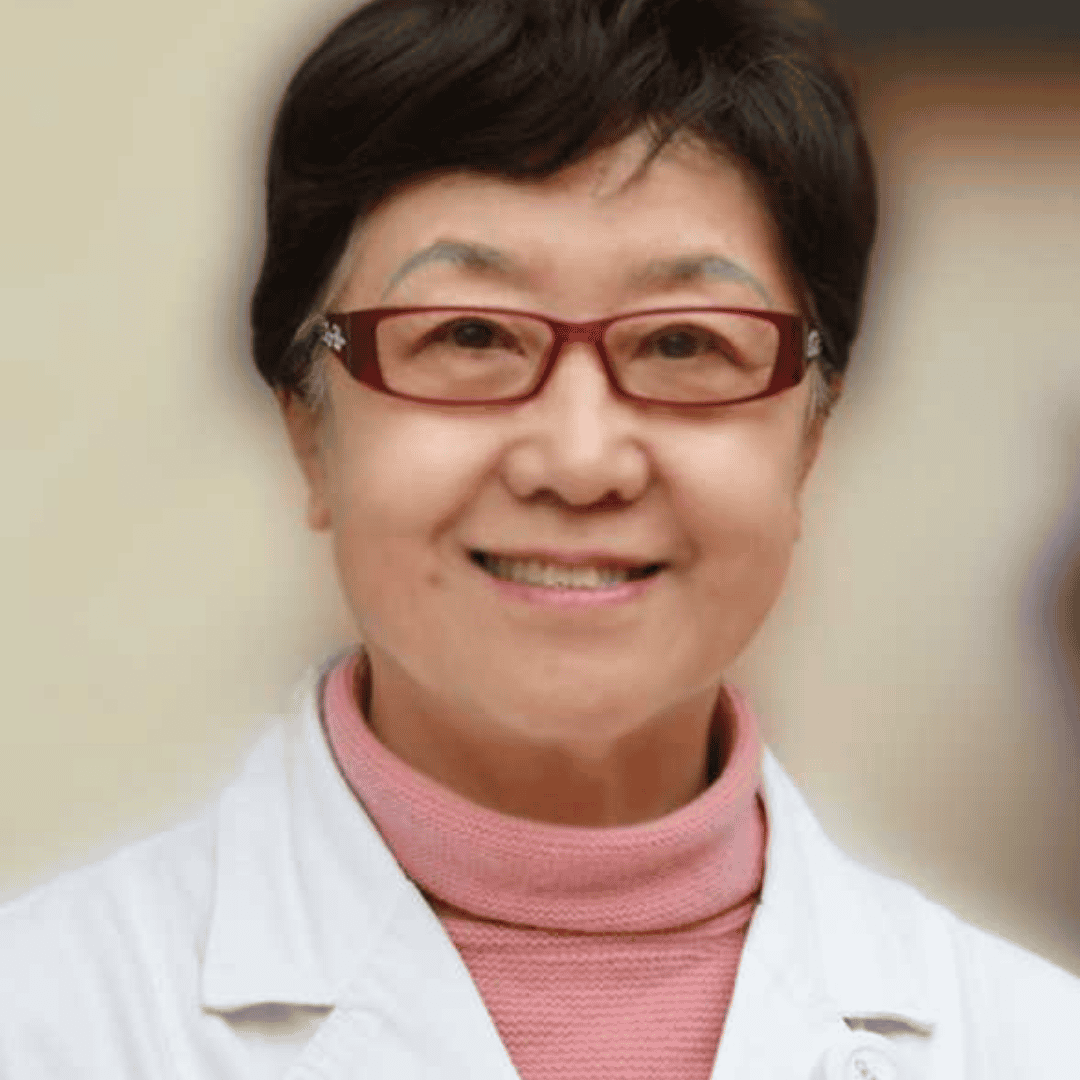

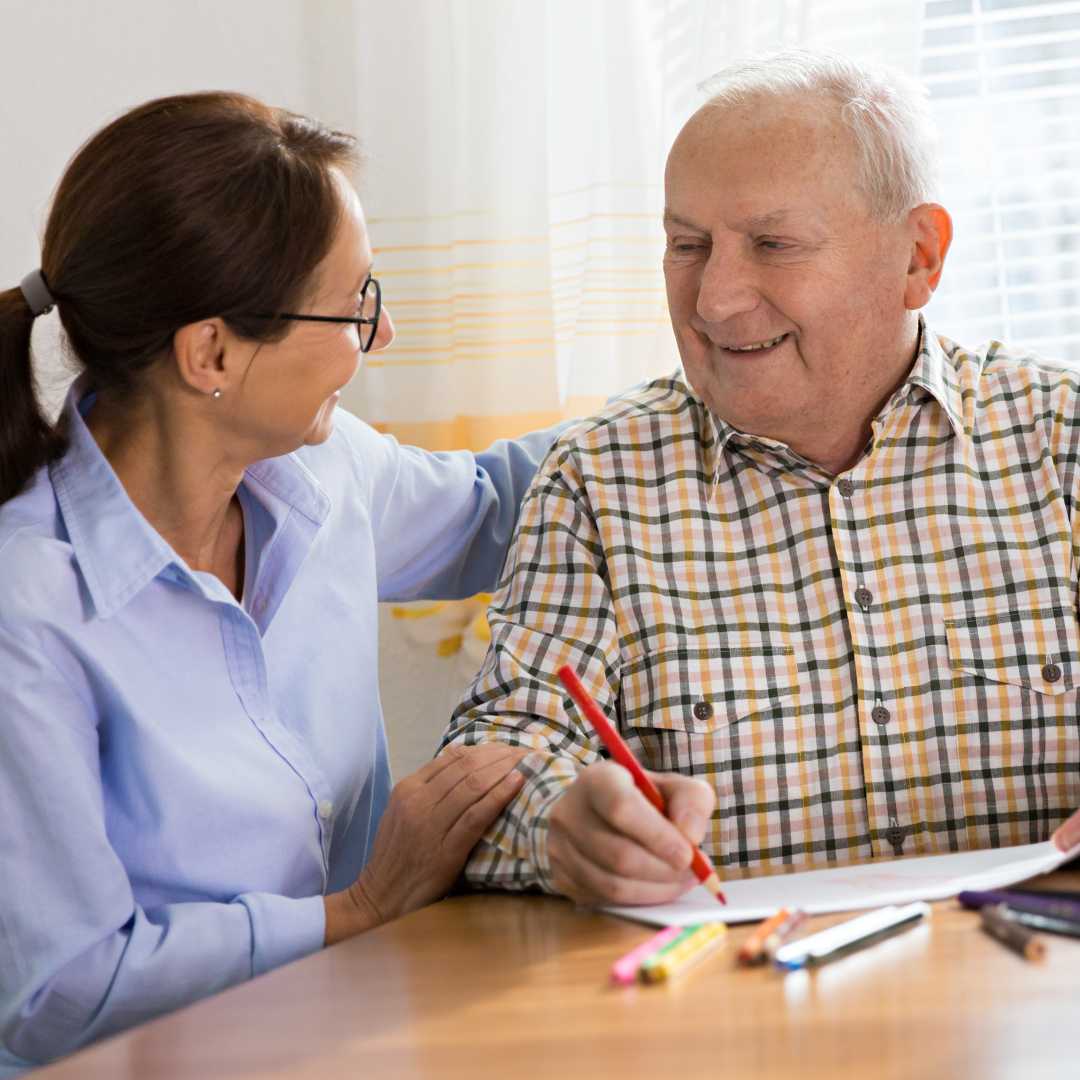
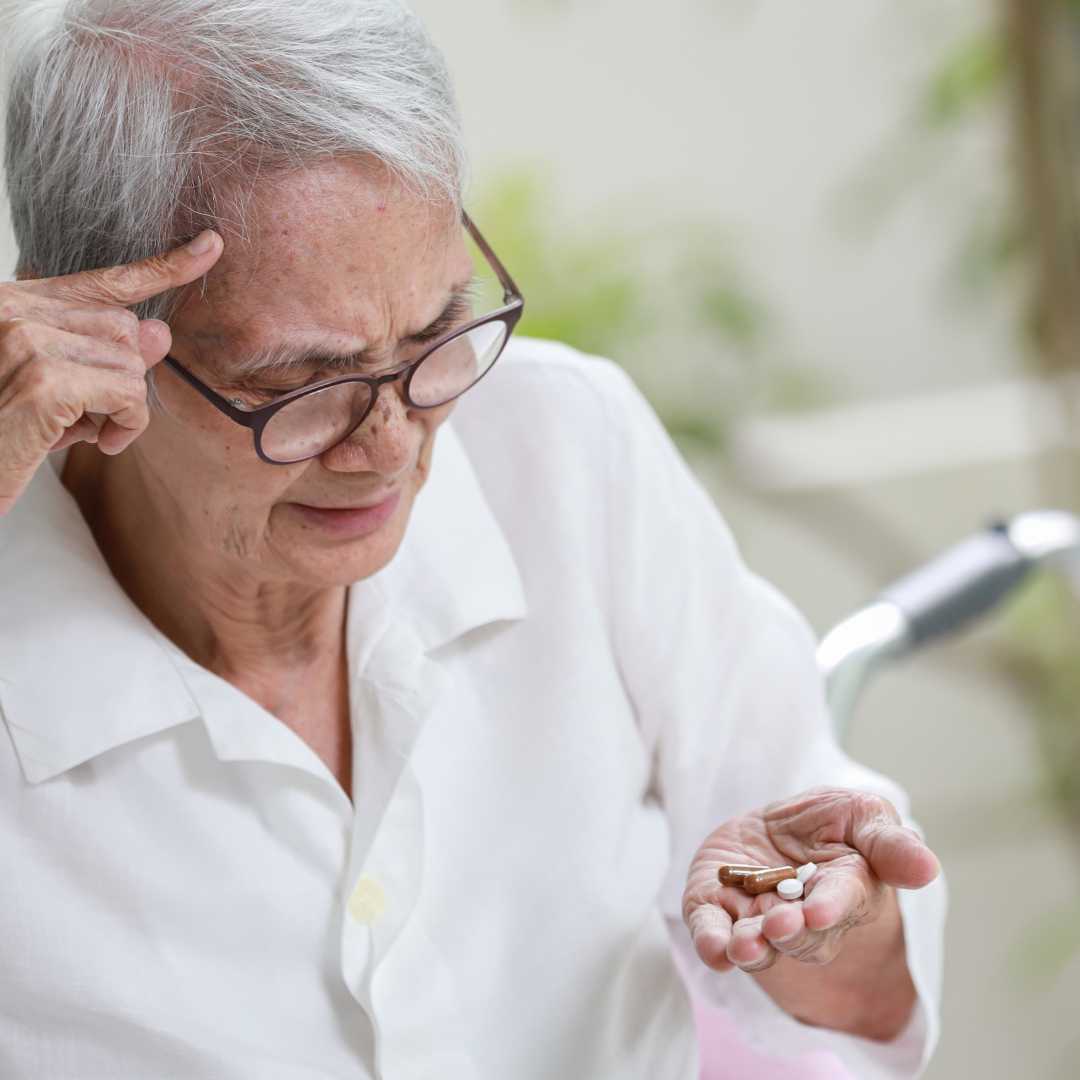
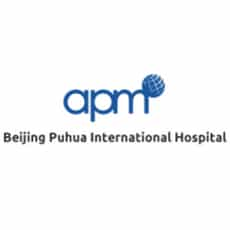
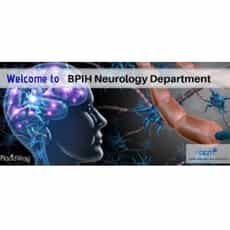

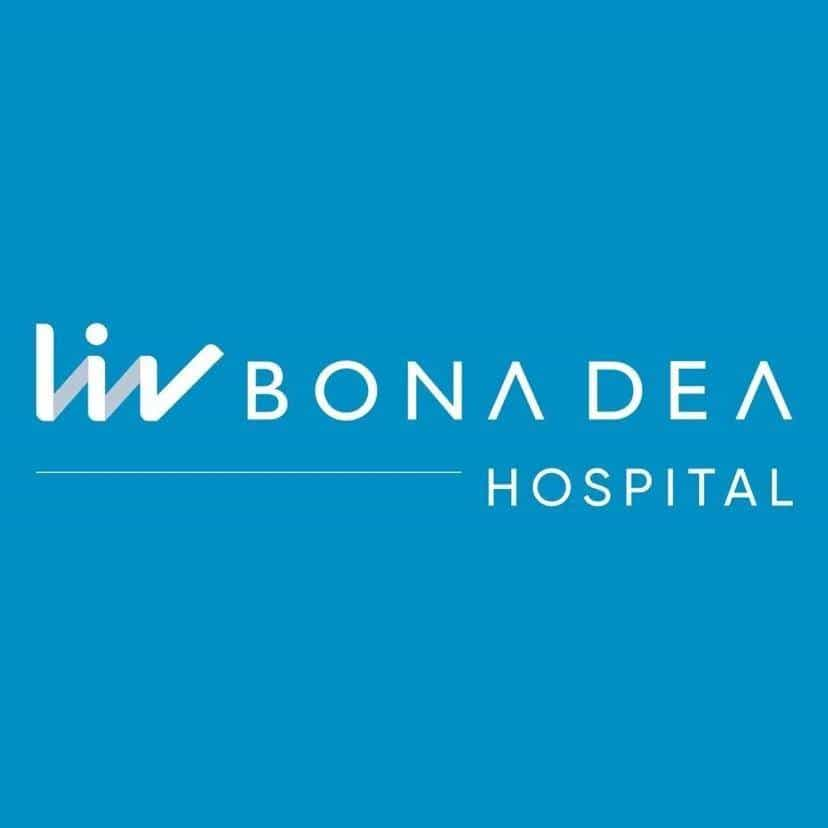
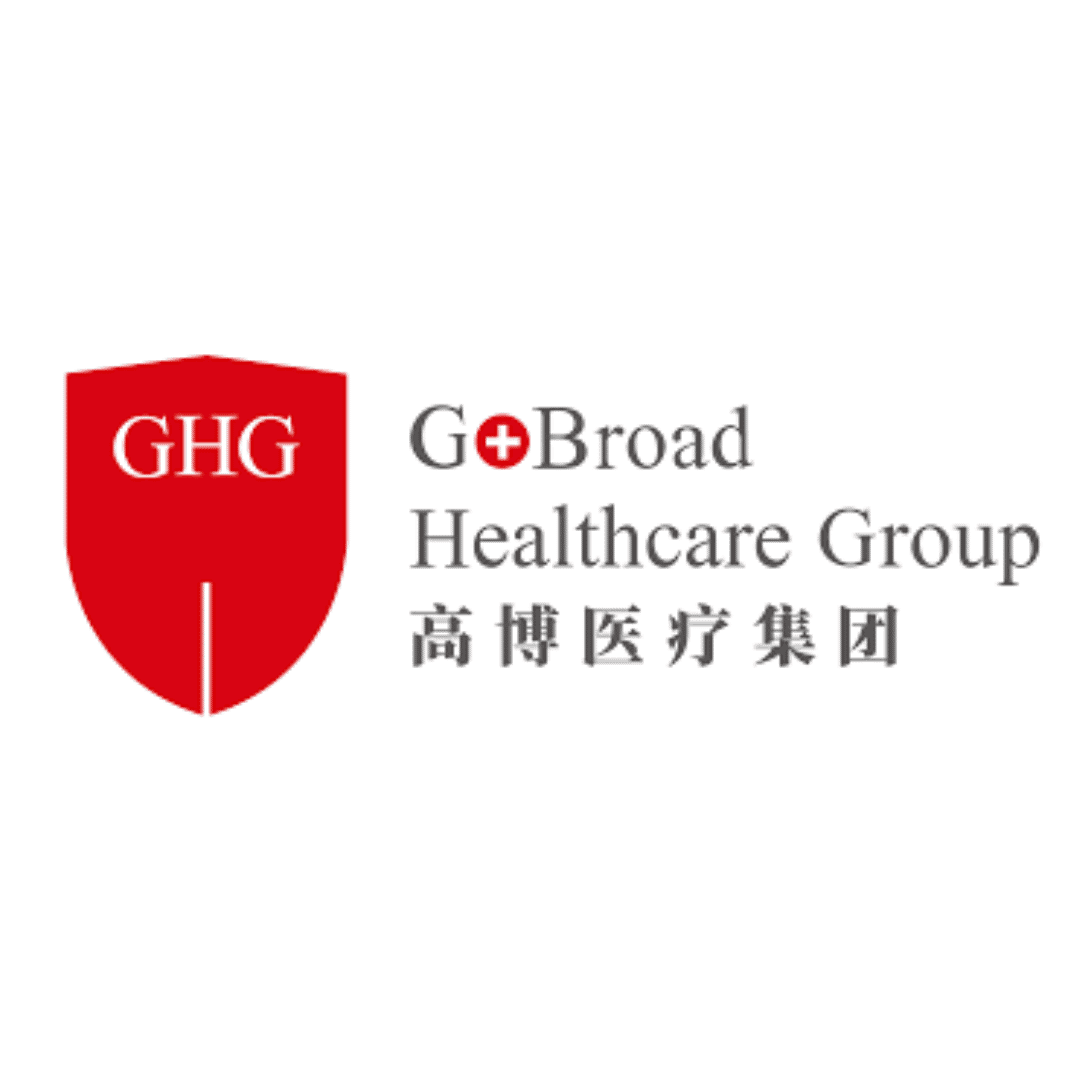

Share this listing